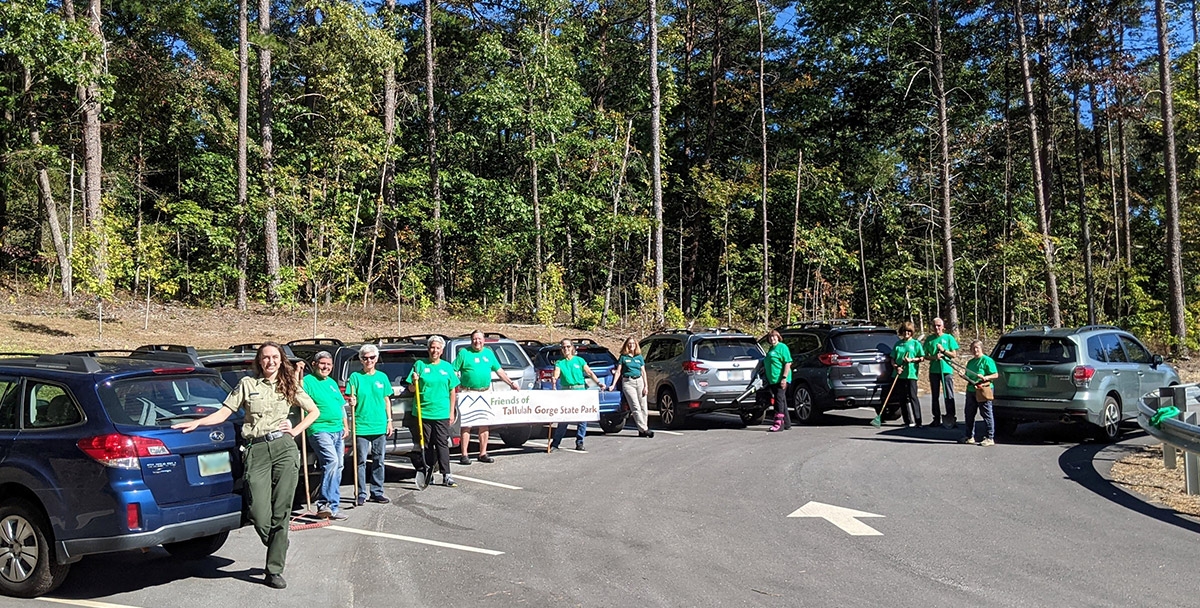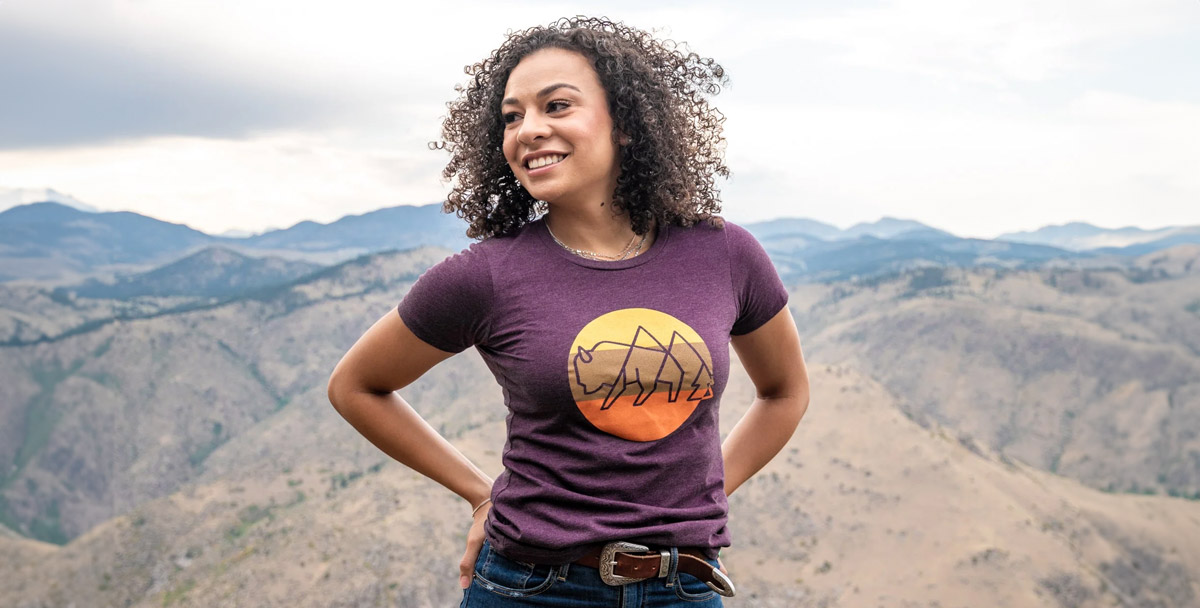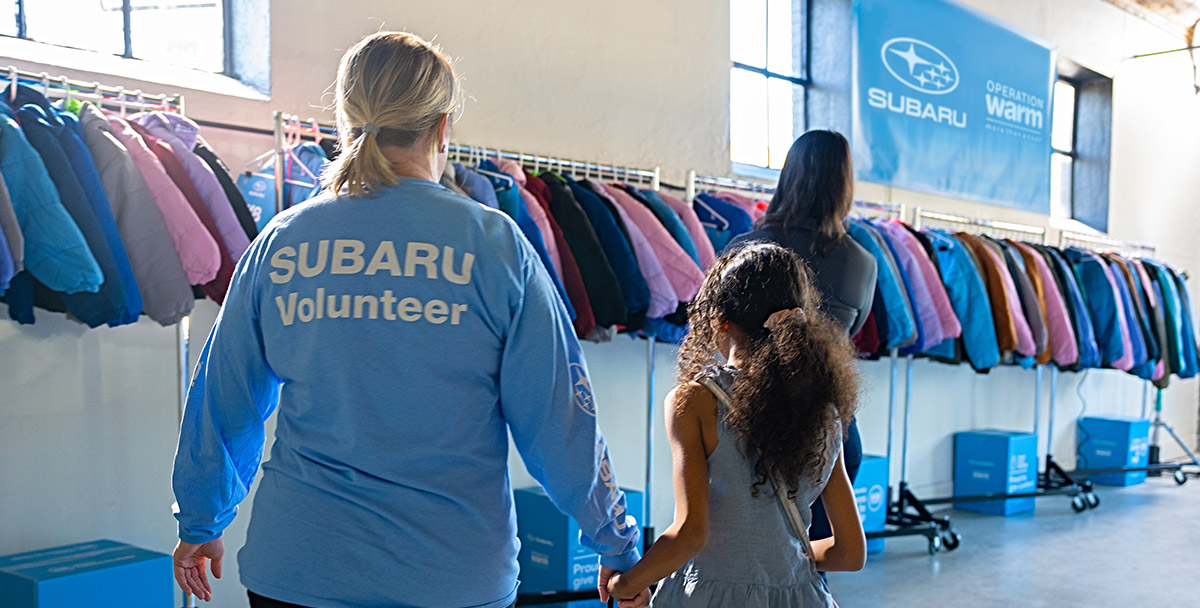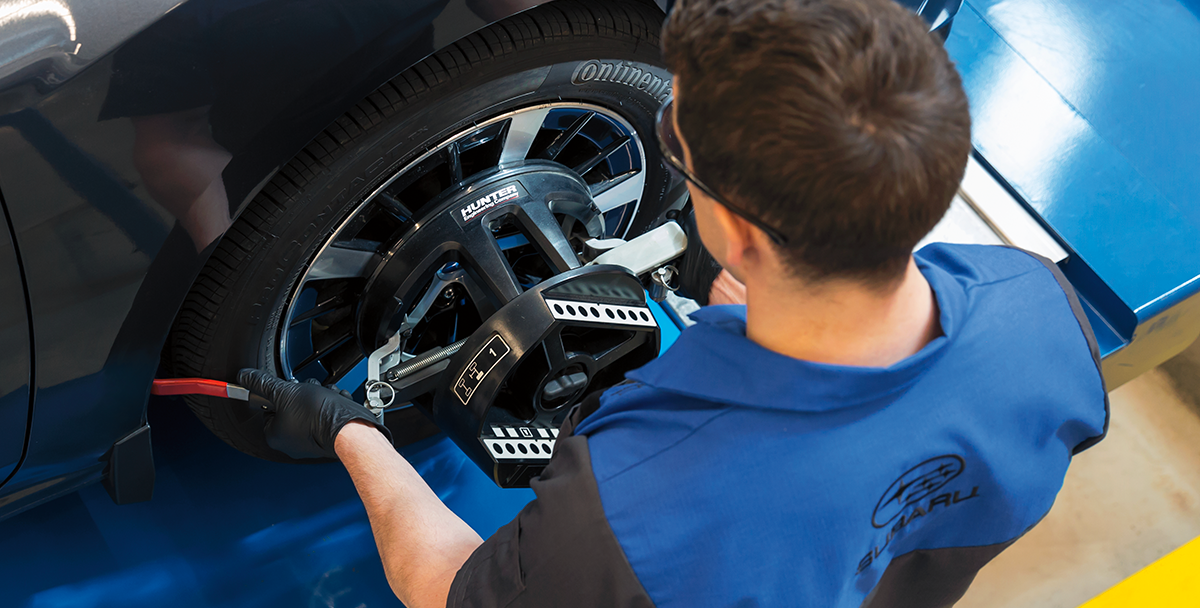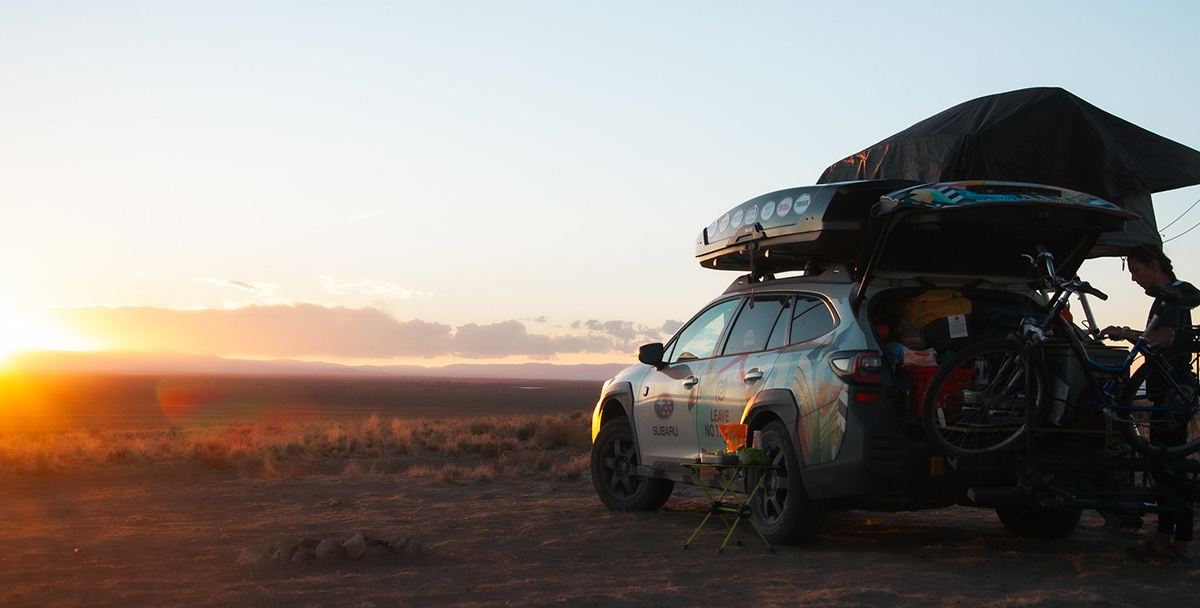Motivated by a passion for preserving the environment, painter Mariah Reading has made a career out of picking up trash and turning it into art. We caught up with Reading, a Subaru Forester owner, to learn about her inspiration and process, as well as her artist residencies in two national parks.
What inspires you to recycle waste into art?
In college, I witnessed the obscene amounts of waste that the arts have the power to create. I began to draw a parallel between painting landscapes and feeding landfills because the tools I used to depict the landscapes were ultimately getting thrown out. I decided to use my old paint tubes and crusty brushes as a canvas to paint one of my favorite landscapes in the Grand Tetons – limiting my own waste.
Driving across the country to start a teaching job in California, I picked up as much trash as I could in each national park I visited. I then sculpted the debris into a canvas and painted the landscapes of each park atop it. Now that I have spent prolonged periods of time in specific parks, I have pivoted to single pieces of trash as canvases, so viewers are able to see the original form and its relationship with the environment. Each piece I create is a big part improv – I never know what I will come across. In this way, my Recycled Landscapes project has remained fresh and exciting.
Tell us about your artist residencies in Denali and Zion national parks.
The arts have had a rich tradition in protecting our country’s most treasured landscapes. In order to continue this tradition and foster stewardship from a deeper level, many national parks have artist in residence programs.
Last June, I was the artist in residence in Denali National Park for 10 transformative days. It was my first residency and took place in a dry cabin three hours down the scenic-yet-treacherous Denali Park Road. I had to pack in 10 days’ worth of gear, art materials and food because there were absolutely no services. My commitment to the park was to immerse myself within the 6 million-acre wilderness and lead a workshop at the Denali Visitor Center at the end of my stay. After that I had six months to donate a piece to the park.
Denali has an unbelievably limited amount of trash within its 6 million acres. So, before heading out to my cabin, I went dumpster diving through the recycling center and found a handful of surfaces on which to paint. On a keyboard I found in the e‑waste section, I painted the view of the mountains, forest and fireweed from the recycling center. I named it “Fireweed Keyboard” and donated both the physical painting and digital image.

Photo: Mariah Reading
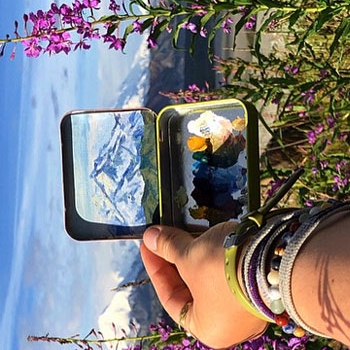
Photo: Mariah Reading
Soon after my Denali residency, I was able to spend a month in the grotto cabin at Zion National Park. This residency required that I volunteer 20 hours per week in uniform and give two public lectures. My goal was to explore the canyon in search of trash. Having the residencies back to back provided some contrast between larger, less-visited parks and ones that are smaller with more concentrated visitation. I was able to find a lot of debris – in particular, single shoes at the Narrows trailhead. A shuttle bus driver even gave me a hubcap that he had found off the side of the park road! It was an incredible collaborative experience.
What drew you to Denali?
The greatest draw in applying to the Denali residency was the park’s involvement in the Subaru Zero-Landfill Initiative. Currently, there are three pilot parks invested in reducing their impact: Denali, Grand Teton and Yosemite.
When in most parks, I use my art to display methods to reduce our impact on landfill buildup; with Denali, it was a different message. The fact that this enormous park with limited access to recycling and waste management services has been able to remain virtually unlittered is such a refreshing thing to witness and respond to through my work. The Zero-Landfill Initiative’s hope is that other parks can adopt these methods so that our entire park service can aid in diverting waste from the landfills.
What was supposed to be a 10-day residency ended up being two months, as I extended my stay to volunteer at the park’s Eielson Visitor Center. The vast, sweeping alpine tundra landscape was one element that captured my heart, but the genuine humans that live within it all is why I fell in love.
What Subaru model do you own?
My first car was a 2002 Subaru Forester. She was the car that I drove across the country to start my Recycled Landscapes project in 2016. I now drive a 2018 Forester. As I jet from seasonal position to seasonal position, I need to pack my car up with all my gear, art and worldly possessions, and I know I’ll be able to do so safely with my Subaru. My Subie also gives me peace of mind when I’m driving on winding roads with steep inclines and abrupt hairpin turns. To get to Denali this season by mid-April, I drove from Southern California all the way up through snow and mountain passes. I was comfortable and confident the entire time.
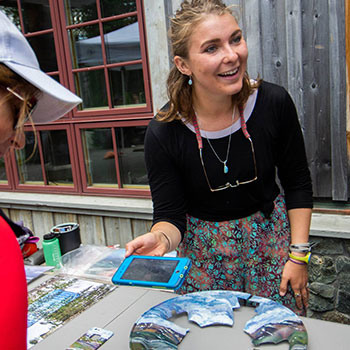
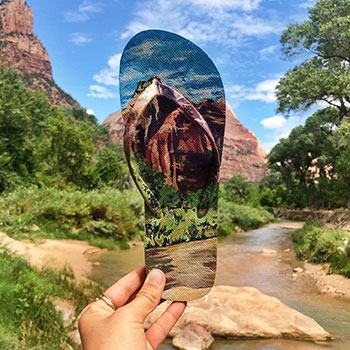
Photo: Mariah Reading
